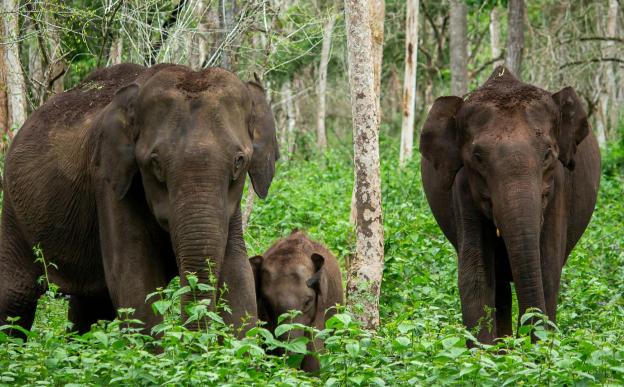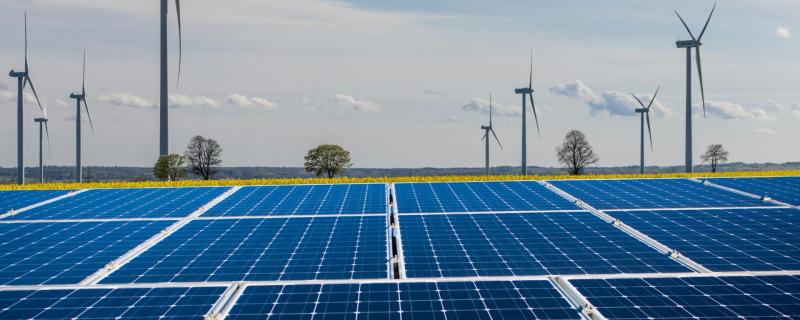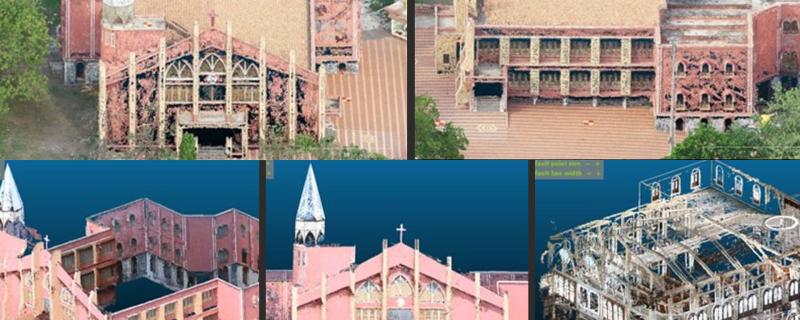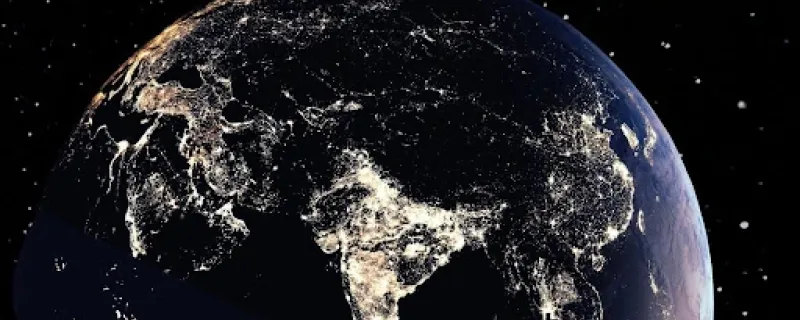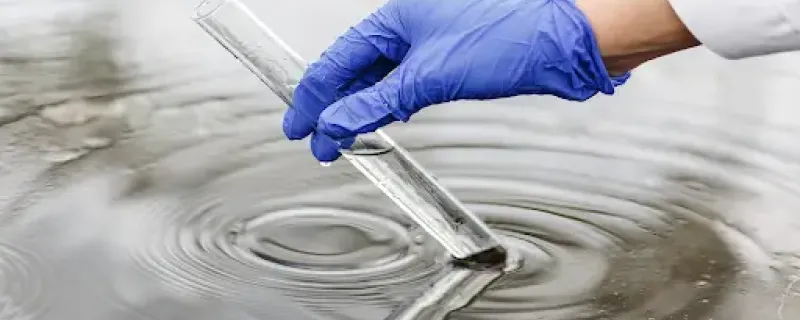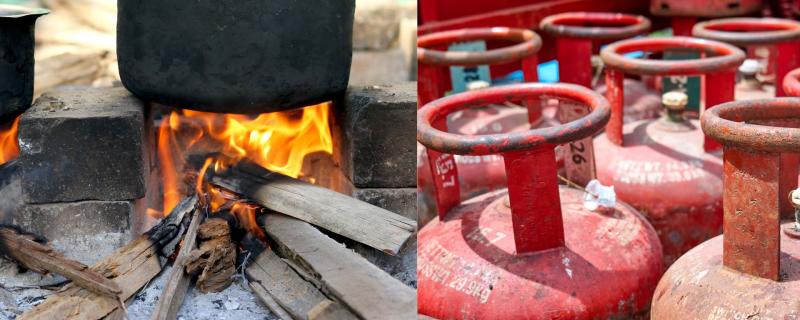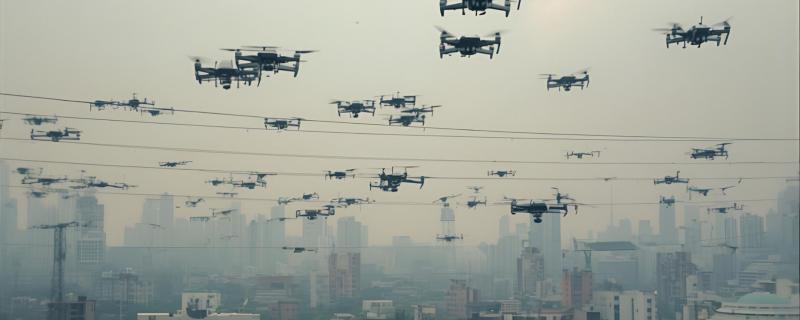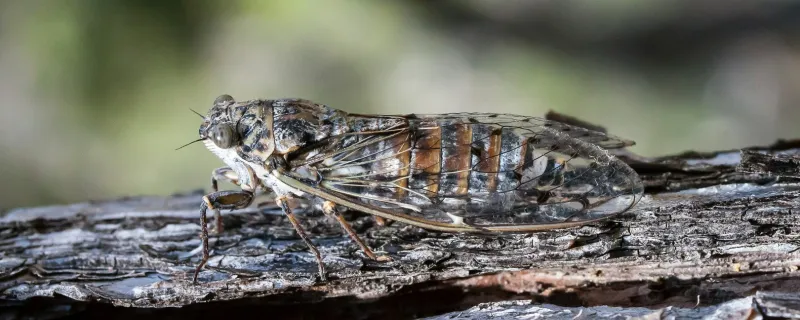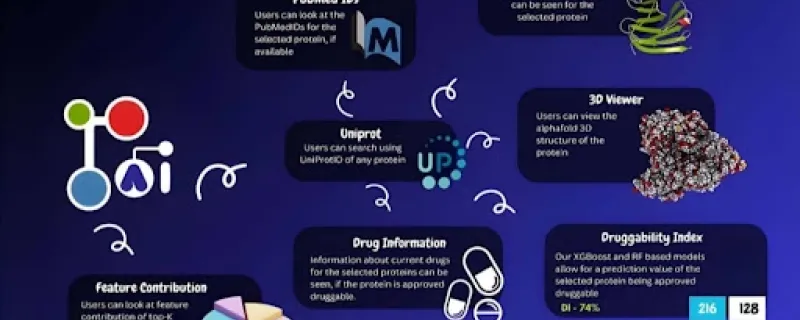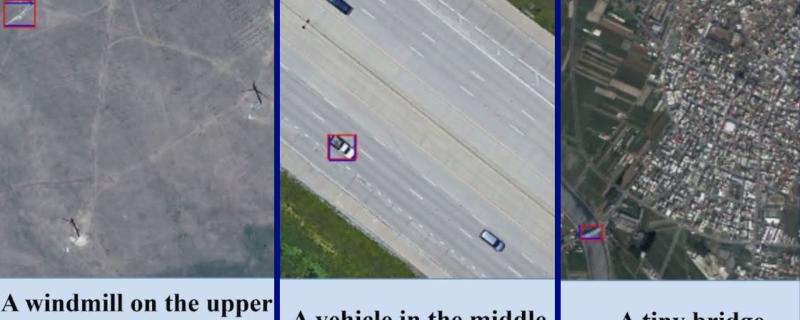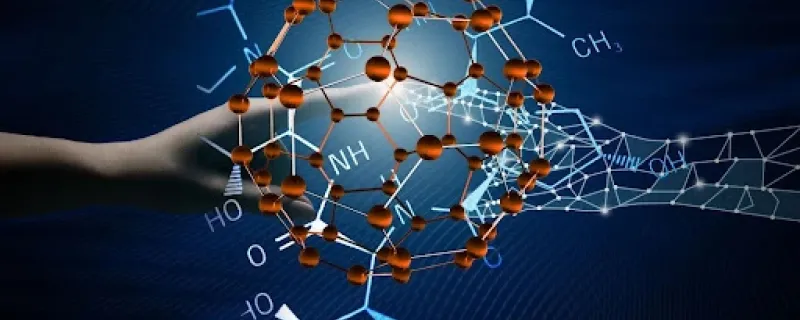Researchers developed a granular power generation and grid operations model to evaluate pathways to India’s 2030 renewable energy mandate. The study shows that regional coordination and flexible compliance mechanisms are key, along with measured storage and a phased coal transition, balancing flexibility, affordability, and reliability for India’s clean energy transition.
New research from India reveals that, contrary to long-held scientific beliefs, feeding on trees and shrubs does not provide Asian elephants with more protein than grazing on grass.
Bengaluru/
